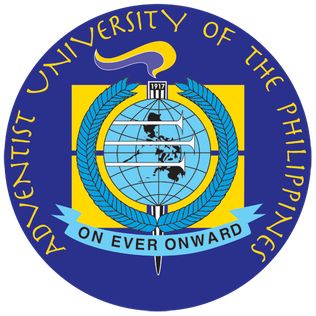Academic Term
January - May | 2nd Semester 2025
Proverbs 17:19: He loveth transgression that loveth strife: and he that exalteth his gate seeketh destruction.

January - May | 2nd Semester 2025
Subject Added Entry-Topical Term
Added Entry-Personal Name
Publication Info
| Published: | 2018. |
| Format: | vi, 62 leaves : color illustrations ; 28 cm. |
| Content type term: | text |
| Media type: | unmediated |
| Carrier type term: | volume |